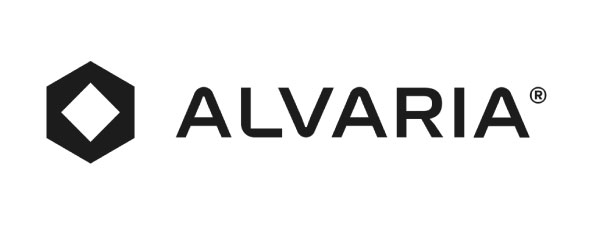The Federal Reserve Bank of New York’s Center for Microeconomic Data recently released its Q3 Quarterly Report on Household Debt and Credit, unveiling a concerning trend in American financial health – “credit card debt at new highs.” This report provides crucial insights into the patterns of household borrowing and indebtedness, including mortgages, student loans, credit cards, and auto loans, painting a picture of the economic challenges facing households today.
Surge in Total Household Debt
According to the report, total household debt in Q3 2023 saw a significant increase of $228 billion (1.3%) to a staggering $17.29 trillion. This rise marks an alarming growth of $3.1 trillion since the end of 2019. But let’s focus specifically on credit card debt.
Credit Card Debt at New Highs
A major highlight of the report is the spike in credit card balances, which now stand at an unprecedented $1.08 trillion. This $48 billion increase (4.7%) in credit card debt signals a troubling trend. The phrase “credit card debt at new highs” is not just a statement of fact but a stark warning of the financial strains facing many Americans.
Why The Surge in Credit Card Debt?
Several factors contribute to the soaring levels of consumer credit card debt. Firstly, the lingering economic impacts of the COVID-19 pandemic continue to play a significant role. The pandemic led to unprecedented job losses and reduced incomes for many, forcing individuals to rely more on credit cards to manage their daily expenses and emergencies. Even as the economy recovers, many people are still grappling with the financial backlog created during the peak of the pandemic.
Secondly, inflation has been a critical factor. Rising costs of essential items like groceries, utilities, and gas mean consumers are spending more, often resorting to credit cards to bridge the gap between their income and expenses. This increased reliance on credit cards for everyday purchases has naturally led to a growth in outstanding balances.
Lastly, there has been a shift in consumer spending habits. With the easing of pandemic restrictions, there’s been a surge in travel, dining out, and other leisure activities. People are trying to make up for the lost time and embracing freedom after prolonged periods of lockdowns and restrictions. This resurgence in spending, often facilitated by credit cards, contributes significantly to the increased credit card debt levels in 2023.
While the report also features data on mortgage rates, auto loans, and more, there is also data on bankruptcy and collections rates.
Bankruptcy and Collections
The report also sheds light on bankruptcy and collections, with about 116,000 consumers having a bankruptcy notation added to their credit reports in Q3 2023. Additionally, approximately 4.7% of consumers have a third-party collection account on their credit report, indicating the challenges many face in managing their debts.
This increase in credit card debt, along with other debts such as mortgage and auto loans, coupled with rising delinquency rates, underscores the need for debt collection agencies to have the right technology in place to ensure proper right party contacts, training, and compliance, but also to have a level of empathy when working with consumers to arrange payments.
If your agency is ready to prepare for the upcoming influx, working with TEC Services Group’s system-agnostic software and technology will help raise the performance and profitability of your debt collection agency. Call us to learn more: 941.375.0300.







